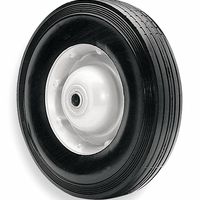- Home
- Material Handling
- Material Handling Replacement Parts
.....Read More
Frequently Asked Questions
Where can I buy replacement casters for material handling equipment?
How do I choose the right wheels for my material handling equipment?
What are the best practices for replacing labels on material handling equipment?
How do I replace locks on material handling equipment?
What are the signs that casters need to be replaced on material handling equipment?
How can I improve storage capacity with bins and bin dividers?
What are the benefits of using bin dividers in storage systems?
How often should wheels be replaced on material handling equipment?
What types of locks are recommended for securing material handling equipment?
How do I install replacement parts on material handling equipment safely?
